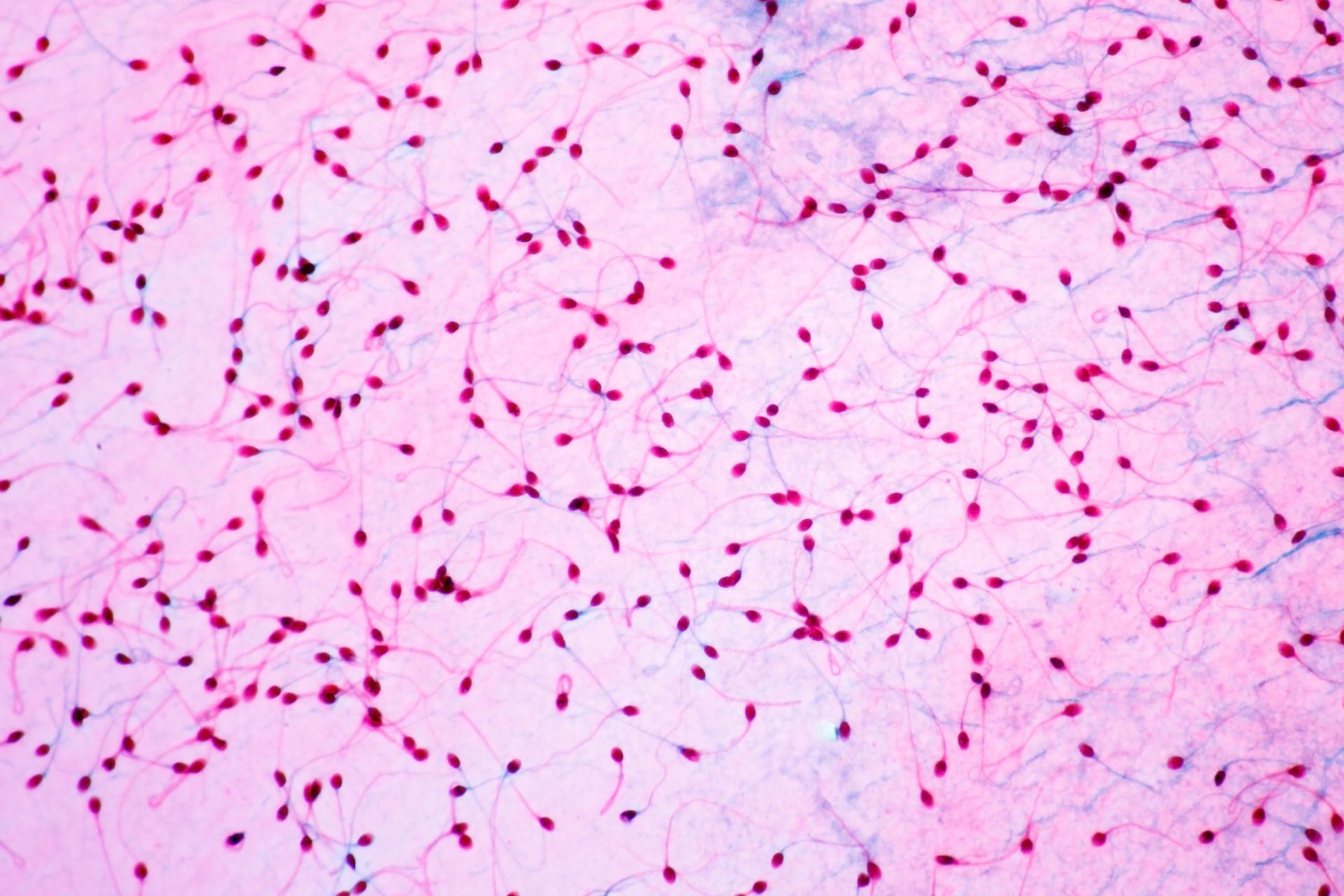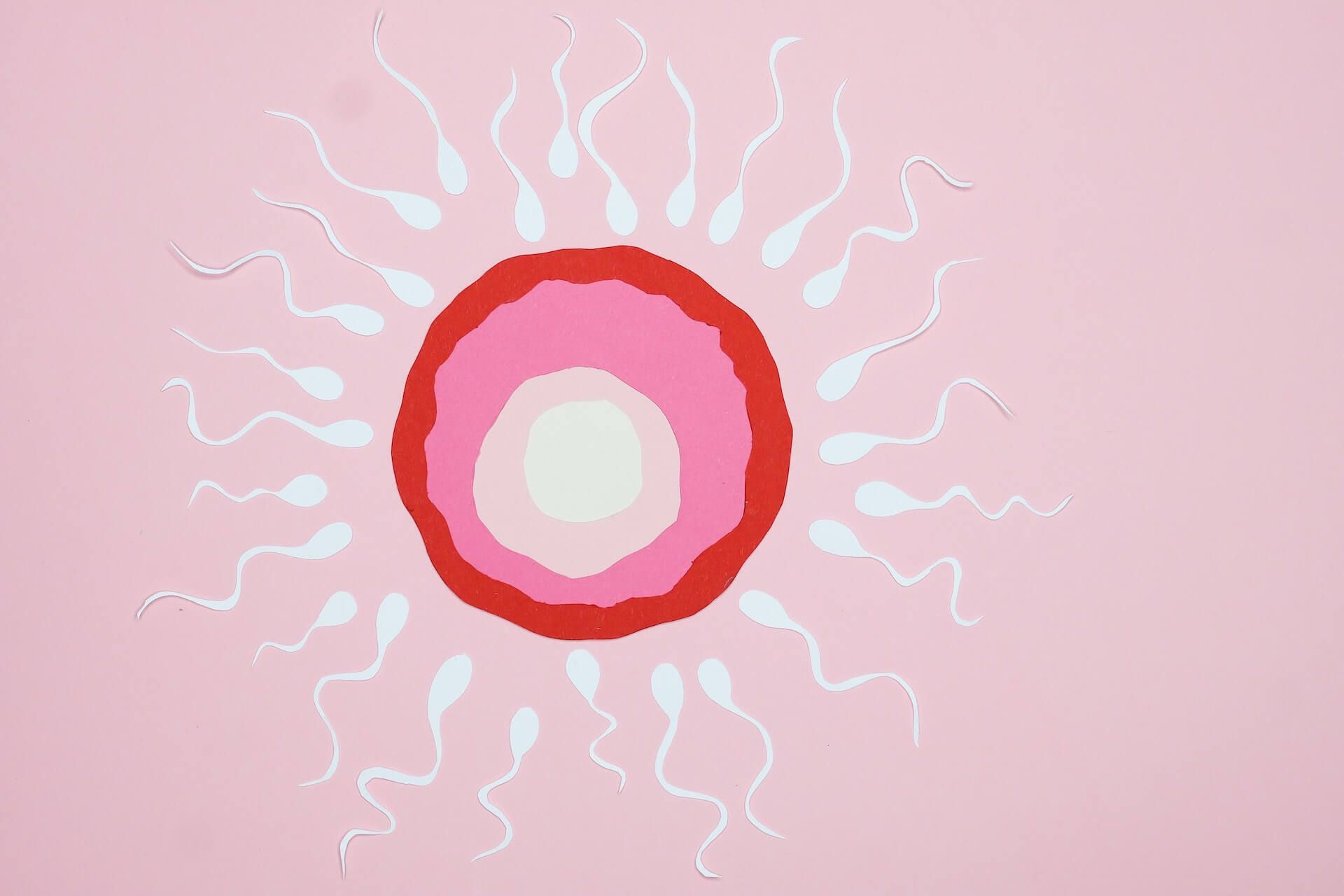What you need to know about sperm & semen
We have gathered some facts about semen and sperm and what is important to know in regards to male fertility and its reproductive abilities
The Difference Between Semen and Sperm
"Sperm" and "semen" do not refer to the same thing, but they are closely related. "Sperm" refers to the male reproductive cells themselves. "Semen" refers to the total fluid including sperm released during ejaculation. Semen consists of sperm cells and seminal fluid. The seminal fluid primarily consists of water and proteins, which give the fluid its viscosity. Additionally, enzymes, nutrients (such as fructose), and various minerals and antioxidants are also present.
Sperm production and maturation take place in the testicles through a process called spermatogenesis. Sperm cells, known internationally as spermatozoa, make up only a small portion of the total seminal fluid.
A man produces between 100 and 300 million sperm cells daily. The sperm are stored in the epididymis for approximately two weeks, after which they are either released through ejaculation or destroyed by the body. This ensures a continuous supply of sperm or reproduction. Sperm maturation takes a total of 72-74 days, and it's only in the last 10-14 days that the sperm cell is stored in the epididymis.
Sperm Motility
Sperm motility is the ability of sperm to move and swim effectively. It plays a vital role in a man's fertility potential since it directly impacts the ability of the sperm to reach and penetrate the egg for fertilization.
In a semen analysis, you measure the percentage of sperm that not only move but also swim in a coordinated forward manner. These are the sperm with the highest likelihood of successfully reaching the egg.
In technical terms, motility refers to the proportion of sperm that are in motion. Among these, the most noteworthy are those who can move and propel themselves forward. These are referred to as progressively motile sperm.

Sperm Count & Sperm Quality
The quality of the semen is determined by several parameters. Quantity is one parameter. Here, the primary focus is on the concentration of sperm in the sample, measured in millions per milliliter (million/ml). The total amount of sperm in the sample (concentration x volume) naturally also matters, as does the quality of the counted sperm.
A typical semen sample contains between 15 million and 200 million sperm per milliliter of semen. Even men with fertility issues can produce millions of sperm.
According to WHO's guidelines, a semen sample is considered normal if it contains a minimum of 1.5 ml of semen with at least 15 million sperm per ml, of which at least 40% are motile and at least 32% are progressively motile (moving forward). However, to become a sperm donor at Born, a donor needs to have much higher numbers than these. Therefore, a potential sperm donor will have to deliver a sperm sample.
At Born, we examine the sperm by determining the concentration of sperm and their mobility and movement pattern (motility).

What do sperm look like?
Some have two heads, some have two tails, some have a micro head, some have an excessively large head, and some have other abnormalities. In fact, normally only 4-8% of sperm are morphologically (=in terms of appearance) "correct" or "normal". Whether it's always a morphologically normal sperm that fertilizes the egg is difficult to determine for obvious reasons. However, morphologically normal sperm are considered the most suitable ones.
A significant number of irregularly shaped sperm are referred to as "abnormal" or having "abnormal morphology." The shape and structure of sperm are crucial for their ability to move effectively and fertilize the egg. When sperm have an abnormal or irregular shape, it can impact their ability to reach and penetrate the egg.
The head of the sperm is only 3x5 micrometers, and the tail is about 50 micrometers, which is smaller than a dust particle. This means that they are invisible to the naked eye. They have a unique structure, and the head of each sperm carries the genetic information (DNA), a midpiece that provides energy for movement, and a tail that helps them swim toward the egg during fertilization. Mature sperm swim at approximately 3 millimeters per minute.
If a large proportion of sperm have irregular shapes, it can have a negative impact on fertility and reduce the chances of successful fertilization. The irregular shapes can include sperm with tail or head anomalies or a combination of various abnormal traits.
Sperm processing for different fertility treatments - IUI or ICI
IUI sperm units can be used for all types of fertility treatments while ICI units are suited for vaginal inseminations, or in cases where your clinic prefers to process the sperm themselves.
GeneMatch is our ‘peace-of-mind’ service – we can test whether you and your donor share any genetic mutations that might increase the risk of your child inheriting a disease.
Keep reading for more detailed information.



